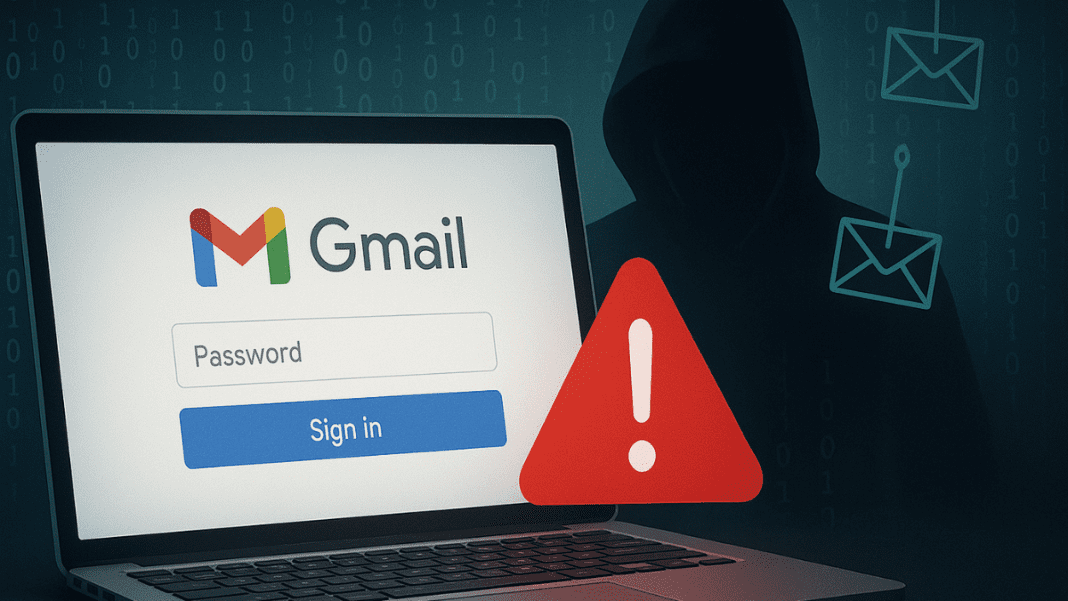Google has issued an urgent warning to 2.5 billion Gmail users worldwide. A large data breach is linked to a dangerous hacking group.
A major hack linked to Gmail accounts
The group, called ShinyHunters, is one of the most active in recent years. They are now believed to be targeting Gmail users directly.
Hackers from this group have been active since 2020 and are already linked to high-profile data thefts at major companies across different industries. Their methods often involve stealing personal details and selling or leaking them on the internet. In this case, the threat is even more serious because the hackers are using phishing techniques to reach individual Gmail accounts.
Google has confirmed that much of the data exposed in this attack had already been public. However, the real danger comes from how hackers might use the stolen information to launch more personal and targeted attacks. Security experts warn that these attackers may also escalate their activities by building a platform to publish stolen information, which would increase risks for anyone with compromised data.
How hackers are targeting Gmail accounts
The hacking group has developed techniques that are difficult for ordinary users to detect. One of their most common strategies is phishing, which is the practice of sending fake emails that look like they come from a trusted company or service. These emails trick people into clicking links that lead to fake login pages. The websites are carefully designed to look exactly like Gmail’s real sign-in page.
When a person enters their details on these fake websites, the hackers immediately capture the information. This includes not only usernames and passwords but also two-step verification codes. Once attackers get access to an account, they can read private emails, steal sensitive files, and use the account to spread more phishing messages to other people.
Cyberattack Catastrophe: How Hackers Can Endanger Human Lives ?
Google has warned that phishing attempts are becoming more sophisticated. Many fake emails look identical to real ones, often using company logos, brand colors, and even writing styles that mirror official communication. This makes it much harder for users to tell the difference between a safe email and a malicious one.
Even though Google blocks millions of phishing attempts every day through its automated systems, hackers continue to change their tactics to get around these protections. This constant game of cat and mouse is one reason why the company is asking users to take additional precautions on their own.
Steps Gmail users must take now
Google has urged everyone using Gmail to take immediate action to secure their accounts. The first step is to update passwords. A password should be strong, unique, and not repeated across multiple services. Many people reuse the same password for different platforms, and this makes it easier for hackers to break into multiple accounts once they have a single password. Choosing a fresh and unique password makes it much harder for attackers to succeed.
The second step is to enable two-factor authentication, also called two-step verification. This system requires an extra code each time a person signs into Gmail. The code is sent to a phone or generated through an app, meaning that even if hackers steal a password, they cannot log in without this second piece of information.
👶 Google’s $30 million settlement reveals dark side of children’s data on YouTube
Google also advises users to be cautious with every email they receive. If a message asks for personal details or urges users to click on a link quickly, users should treat it with suspicion. Checking the sender’s email address closely often reveals that a message is not genuine. Users should delete suspicious emails without clicking on any of the links inside.
Google’s latest warning shows the scale of the threat. With 2.5 billion accounts in use around the world, Gmail is one of the most widely used services online. This makes it a big target for hackers. They see it as a way to reach private information and other connected services. The company’s alert is a strong reminder. It shows how important it is for people to protect their online safety.





